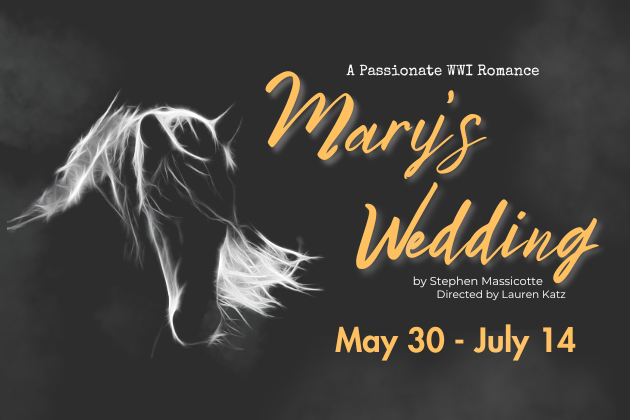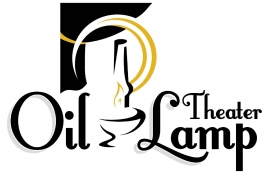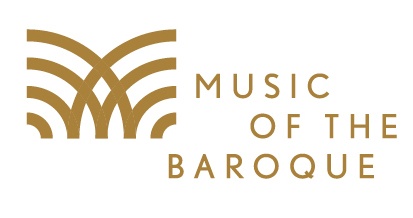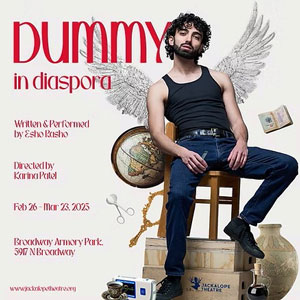
 *** A story about the high emotional cost of war, “Mary’s Wedding” is about the romance between Mary (Ksa Curry) and Charlie (Rio Ragazzone). It is framed by a dream that Mary has the night before her wedding in 1920. At the onset of the performance, Charlie breaks down the fourth wall and announces to the audience that this is supposed to be a dream going in reverse, although at first it isn’t clear whether this is Mary’s dream only but Charlie’s as well. Basically, this is a love story that is told via a number of flashbacks, remembrances, and thoughts about what could have been in the future. Unfortunately, the script is a bit choppier than it needs to be, and the show leaves too many details to the audience’s imaginings to be thoroughly satisfying.
*** A story about the high emotional cost of war, “Mary’s Wedding” is about the romance between Mary (Ksa Curry) and Charlie (Rio Ragazzone). It is framed by a dream that Mary has the night before her wedding in 1920. At the onset of the performance, Charlie breaks down the fourth wall and announces to the audience that this is supposed to be a dream going in reverse, although at first it isn’t clear whether this is Mary’s dream only but Charlie’s as well. Basically, this is a love story that is told via a number of flashbacks, remembrances, and thoughts about what could have been in the future. Unfortunately, the script is a bit choppier than it needs to be, and the show leaves too many details to the audience’s imaginings to be thoroughly satisfying.
In her dream, Mary recalls how she first met Charlie in 1914 when taking cover at a barn during a loud and violent thunderstorm. While Mary is thrilled and delighted by all the electricity in the air, Charlie is scared of the lightning and thunder. It is when the two of them recite Alfred, Lord Tennison’s poem “The Charge of the Light Brigade” that Charlie becomes distracted from his fear of storms and loud noises and finally relaxes a bit. It is when the storm is over that the two of them realize their attraction to each other and mutually decide to pursue a relationship, even though they are of different social classes. Whereas Charlie is a farmhand born and raised in Canada and Mary is upper-class and a fairly recent immigrant to Canada from England, both of them seem to love horses. Charlie enjoys riding them, whereas Mary is intrigued by the horse’s nobility. Eventually Charlie wins over Mary’s mother, who invites him to a formal tea. But shortly thereafter, in 1915, Charlie enlists in the army and leaves for Europe as part of the Canadian Cavalry Brigade. He and the other troops are inducted at St. Lawrence and then shipped out in steamboats to cross the Atlantic with their horses in order to fight off the German cavalry in France during World War I (The Great War). In fact, we could think about the earlier recitation of Tennyson’s 1854 poem as a foreshadowing of Charlie’s military stint abroad.
Whereas Mary’s dream mostly goes backward, we witness Charlie’s life largely going forward. We learn about the hostilities he faces and later about how he is wounded in battle. As Mary reads all the letters she has received from him, the audience observes how their contents makes his war experiences come to life. In this two-actor show, Ragazzone always plays Charlie, but Curry plays two characters: both Mary as well as Charlie’s commanding officer Sergeant Gordon Flowers. In one of the most striking lines in the show, Sergeant Flowers says, “You will see your girlfriend’s face in everybody you meet.” And that is most certainly true, since both parts are being played by the same actor!
Curry’s and Ragazzone acting is both versatile and compelling. I especially liked the scenes of their affections where they work together in unison, even though they are actually in different locales; this is very creative directing by Lauren Katz. Costume changes are frequent enough, and Janelle Smith’s costume design is right on the money. Depending on whether Curry is playing Mary or Sergeant Flowers, she puts on a brown military cap or removes it; and with the exception of a long blue robe, she wears her vintage white wedding dress throughout. Depending on whether Charlie is supposed to be a civilian or a cavalryman, we see him putting on various jackets. The scenic and property design by Isa Noe is basically a barn and a stable. While this works okay for the most part, the audience is left to infer all the other settings, especially when Charlie travels overseas and fights in various battles as an infantryman and experienced horseman.
Over time we learn that in spite of Mary’s and Charlie’s passion for each other, she has spurned him just before he leaves for Europe. The most likely reason is because they will be separated from each other, and she becomes resentful of that. As a result of her anger, she has no interest in marrying him before he is shipped out. But later, on serious reflection, she regrets her impulsiveness. Perhaps she should have followed him to the induction center and proclaim that she really wanted to marry him after all.
Stephen Massicotte has written a gorgeous story overall, and under Katz’s direction, we can see how Mary relives her life—and her regrets—in her mind. However, the problem with this show is that it can sometimes be hard to follow. It’s not so easy to keep up with visualizing people and settings and watching scenes that frequently go back and forth in time and space. We are told about the cavalry and its massive contingents of troops and horses, but we never see any of this on stage. Then too, we are absent Mary interaction with her mother and others of her social class. What is it about Charlie that makes her mother accept him as her daughter’s romantic partner in spite of their differences in education and background? In sum, we hear lots of description and we’re told lots of stories, but we need to see more action. Now, having mentioned all these various drawbacks, there is one major saving grace: “Mary’s Wedding” would make for a superior movie as compared to an adequate play.
As a movie, the audience could watch the expansive cinematography depicting World War I: the troops, the trench warfare, and the explosions of the artillery (rather than just hearing the well-done sound effects by Forrest Gregor and seeing the lighting effects by Daniel Friedman). We could witness the effects of the chlorine gas on the troops and taste the blood when we see injuries and deaths on the battlefield. Above all, we could watch how the mounted infantry would dismount to fight alongside the foot soldiers and serve in the trenches. It would be far more effective to see these things unfold on film as compared to listening to merely being told about them via Charlie’s conversations with his sergeant. Moreover, if Sergeant Flowers would not constantly morph into Mary and vice versa, the timeline would remain truer to the actual chronology of events. This would make the overall plot more comprehensible and interesting. The move to film would also allow us to see the passionate romance close up and personal and would serve to deepen the way we perceive Mary’s and Charlie’s affections for each other. This would make their separation across the Atlantic tug more tightly on our heartstrings, and Charlie’s letters would have even more impact when Mary reads them aloud. The entire story could still be narrated by Mary in the form of a dream.
While the dramaturgy is good and the romance can be touching in this play, having only two actors perform makes it very difficult for us to carefully envision both the military chronicle and the love affair. The script as it stands minimizes the bravery of the Canadian Cavalry Brigade as part of the much larger Canadian Expeditionary Force. Bringing forward the war scenes would only accentuate the beauty of Charlie’s and Mary’s relationship by comparison, possibly by pointing out that love is what counts and violence makes no sense. Thus, as mentioned previously, the medium of a play is insufficient to tell this story well. Creating a movie would be far more poignant, and the presentation could become unforgettable. Are there any good movie producers out there who are looking for a script?
“Mary’s Wedding” is playing through July 14, 2024, at Oil Lamp Theater, 1723 Glenview Road, in Glenview.
Tickets $48 – adults
$34 – students
 Performance schedule:
Performance schedule:
Thursdays and Fridays: 7:30 p.m.
Saturdays: 3:00 p.m. and 7:30 p.m.
Sundays: 3:00 p.m.
For more information and to purchase tickets, visit: https://www.oillamptheater.org/mainstage-productions/mary’s-wedding or call the Box Office at 847-834-0738.
For general information, go to: https://www.oillamptheater.org/.
To see what others are saying, visit www.theatreinchicago.com , go to Review Round-Up and click at “Mary’s Wedding”.






More Stories
“Dummy in Diaspora”
“The Magic School Bus: Lost in the Solar System”
“February House” reviewed by Julia W. Rath